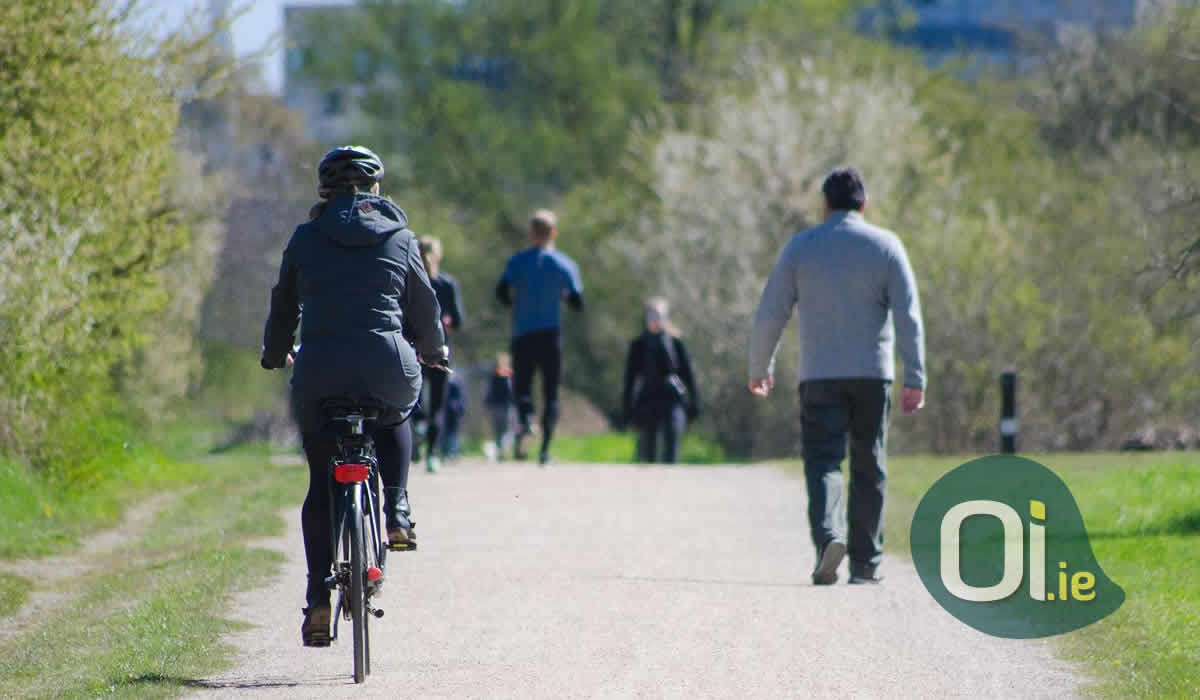Have you ever imagined what a completely car-free city would be like? In Ireland, the councils (similar to our councilors) of Dublin and the county of South Dublin created a project for the implementation of a car-free city capable of housing up to 80,000 people.
Last year, during the first phase, the project underwent public debates and more than one hundred people submitted proposals, totaling more than 300 suggestions, which will be used to improve the project.
During the first phase of the project, a broad public debate was held. According to the public survey, most of the doubts and suggestions were in relation to public transport. Civil society mainly requested an extremely efficient transport system for the project to become viable. Doubts were also raised about the use of transport in emergency situations, such as medical assistance.
Other hotly debated topics were sustainability, economy and employment. Members of the councils, local authorities, representatives of civil entities and the population in general participated in the debates.
The innovative project took on new directions this month, with the start of the second phase. The kick-off of the second stage was given on August 14, 2022, when the project’s boundary areas were presented, which aims to create a sustainable, resilient and regenerative area. According to the creators, this is the most innovative project in Europe in the last 50 years and could revolutionize the structure of large cities.
The area, of approximately 7,000 km2, where the project will be implemented, is located at Naas Road, Ballymount and Park West, just 15 minutes from Dublin City Centre. This is an ambitious and futuristic plan, which is expected to take up to 50 years to fully implement.
The project presented includes the gradual construction of up to 40,000 homes, with the first 3,500 homes built by 2030. It is also estimated that up to 75,000 jobs will be created in Edge City.
To achieve the proposed objectives, the region must be subdivided into areas of residential, commercial and mixed concentration. In this way, urban movement can be controlled and predicted.
Plans are ongoing and should take a few months to complete.



